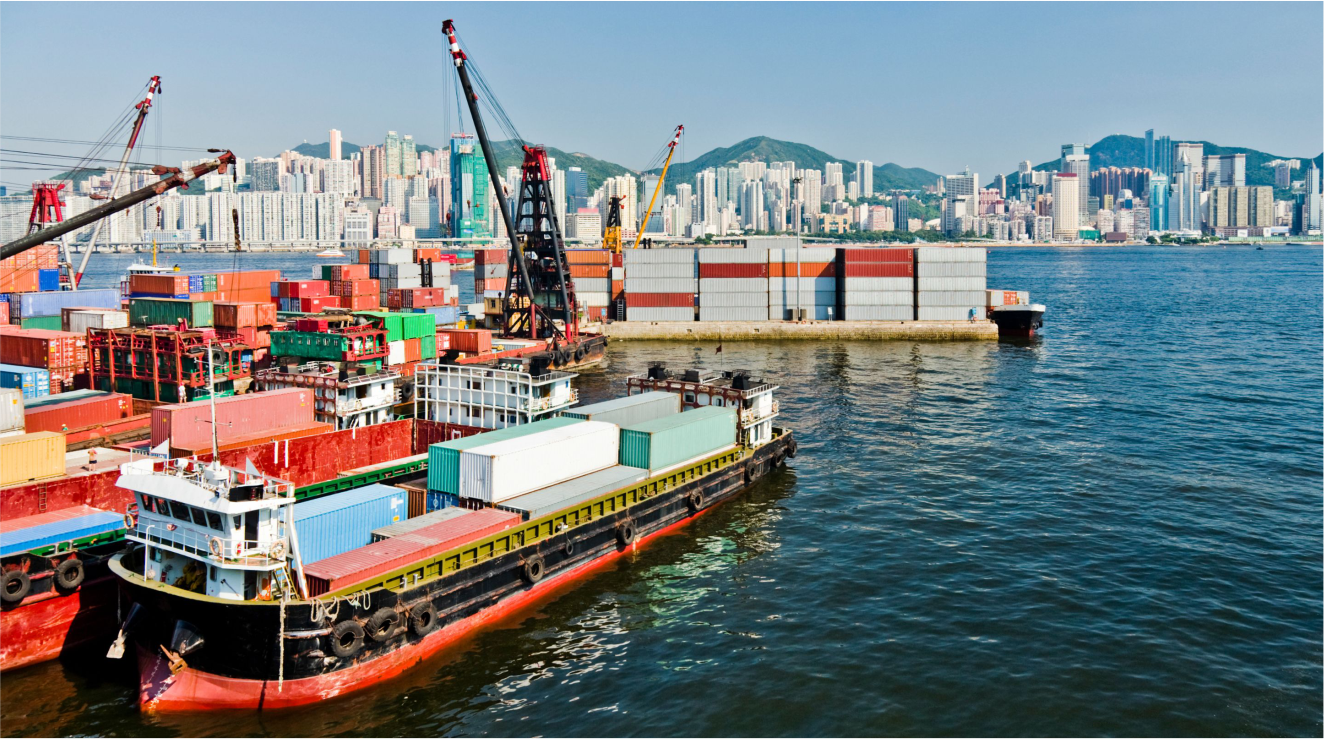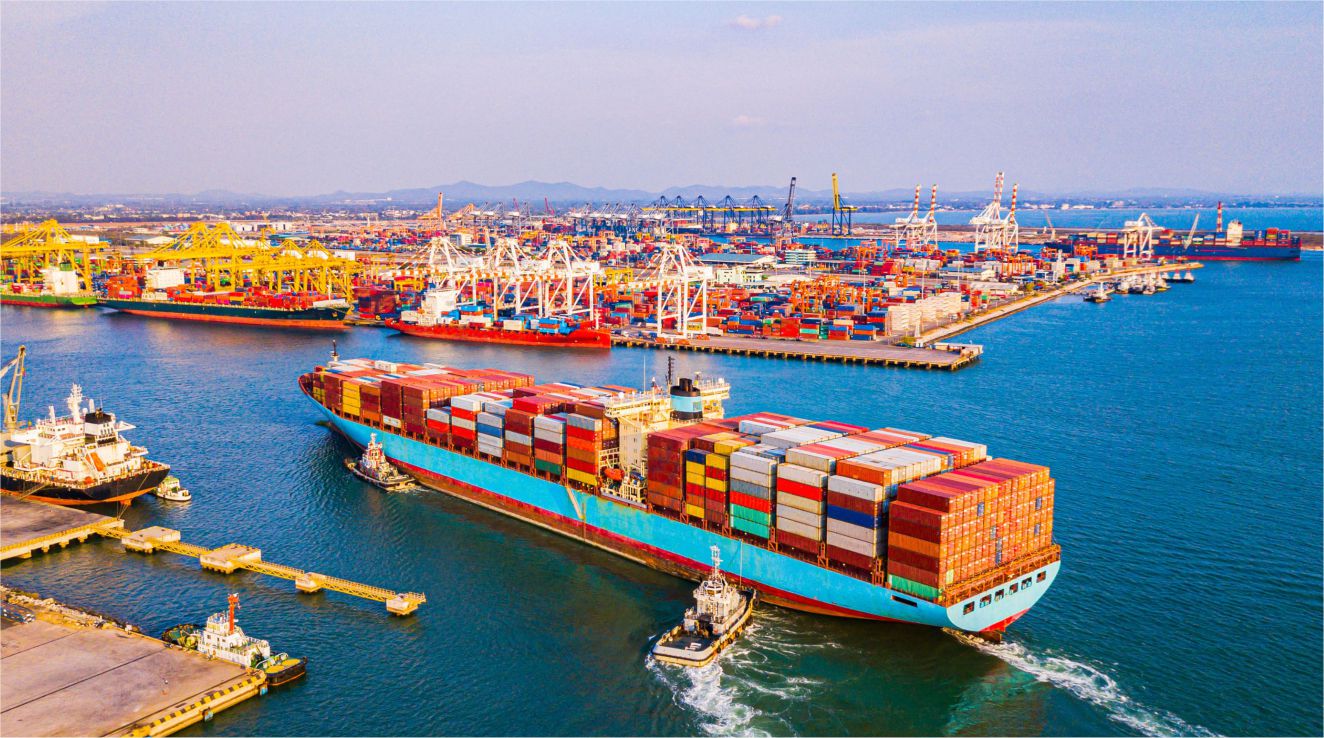The recent data from the Chinese Customs Statistics Department reveals a staggering milestone in China's trade performance. In 2024, the country’s trade balance surged to an all-time high of USD 992 billion, reflecting a remarkable 21% growth compared to the previous year’s figure of USD 821 billion. This sharp rise in China’s trade surplus is primarily attributed to subdued domestic demand, which has created a lopsided reliance on exports. While Chinese exports demonstrated robust year-on-year growth of 5.9%, imports grew at a much slower pace of 1.1%.
India’s Share in China’s Trade Surplus
The trade imbalance is even more alarming in the context of India. Despite accounting for just 2.2% of China’s total trade, India contributes approximately 10.3% to China’s overall trade surplus. In 2024, China exported USD 102.4 billion more goods to India than it imported. Specifically, Chinese exports to India rose by 2.4%, increasing from USD 117.6 billion to USD 120.5 billion. Meanwhile, imports from India declined by 3%, dropping from USD 18.5 billion to USD 18 billion. This divergence highlights a deepening trade deficit that poses significant challenges for India's economy.
Implications for India’s Domestic Economy
The growing trade imbalance coincides with slowing Chinese domestic consumption, raising concerns that China may be exporting its excess manufacturing capacity to global markets, including India. Such practices, often referred to as dumping, could have severe repercussions for India’s domestic manufacturing sector. Already grappling with high borrowing costs due to elevated interest rates, Indian manufacturers face an uphill battle in competing with cheaper Chinese imports.
Key sectors such as electronics, machinery, and chemicals are particularly vulnerable to the influx of underpriced Chinese goods. This not only threatens the viability of domestic enterprises but also stifles innovation and job creation in India’s manufacturing landscape.
The Way Forward
Addressing this trade imbalance requires a comprehensive and strategic approach. The Indian government should consider forming an empowered group comprising policymakers, industry representatives, domain experts, and trade specialists. This group would focus on the following objectives:
- Analyzing Trade Data and Patterns: Conduct an in-depth examination of trade data to identify sectors most affected by Chinese dumping practices.
- Countering Dumping: Develop and implement anti-dumping measures, such as tariffs or quotas, to protect vulnerable industries without disrupting the availability of essential raw materials and inputs for domestic production.
- Promoting Export Competitiveness: Introduce incentives and policy support for Indian manufacturers to boost export competitiveness in global markets.
- Strengthening Bilateral Engagement: Initiate dialogue with Chinese trade representatives to address structural imbalances and negotiate mutually beneficial agreements.
- Diversifying Import Sources: Encourage diversification of import sources to reduce over-reliance on China for critical goods and components.
The rising trade imbalance with China underscores the urgency for India to recalibrate its trade policies and bolster its domestic manufacturing sector. By fostering innovation, reducing dependency on imports, and protecting key industries from unfair competition, India can create a more resilient and self-reliant economy. Collaborative efforts between the government, industries, and experts will be crucial in navigating this complex challenge and ensuring sustainable economic growth.







